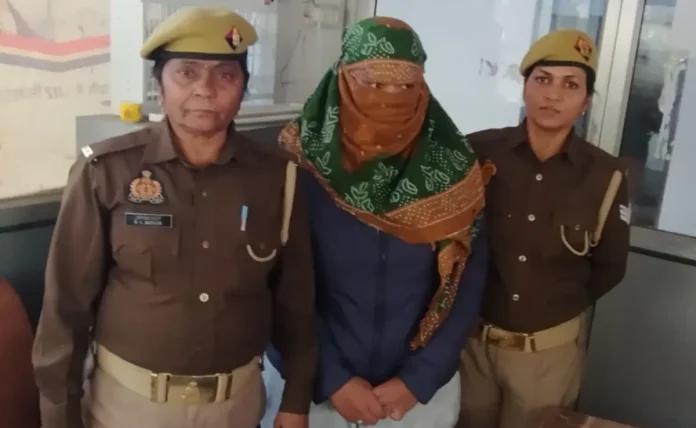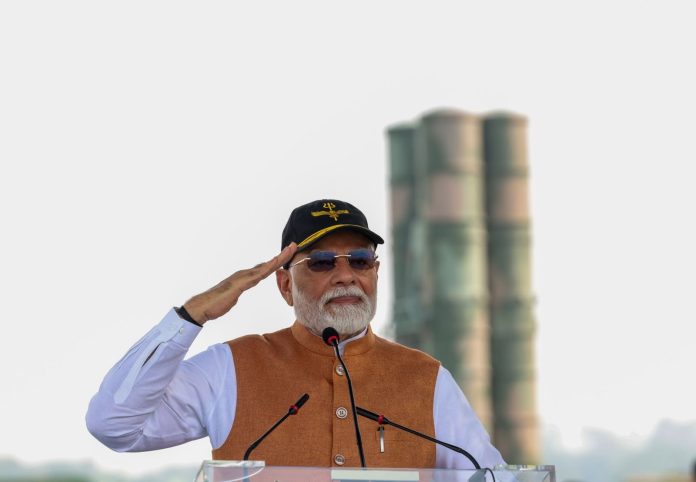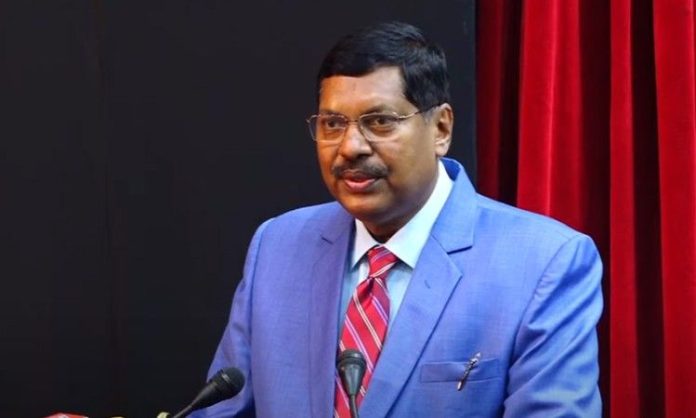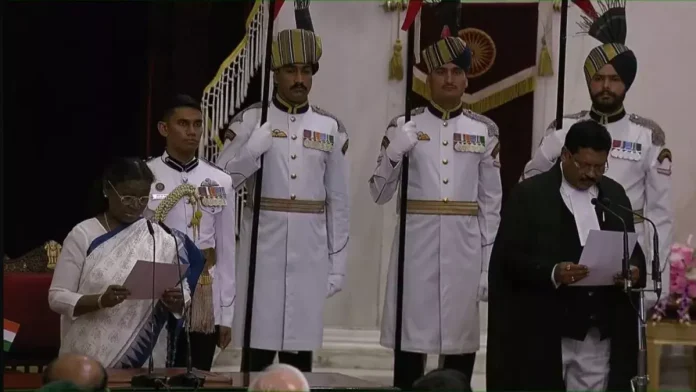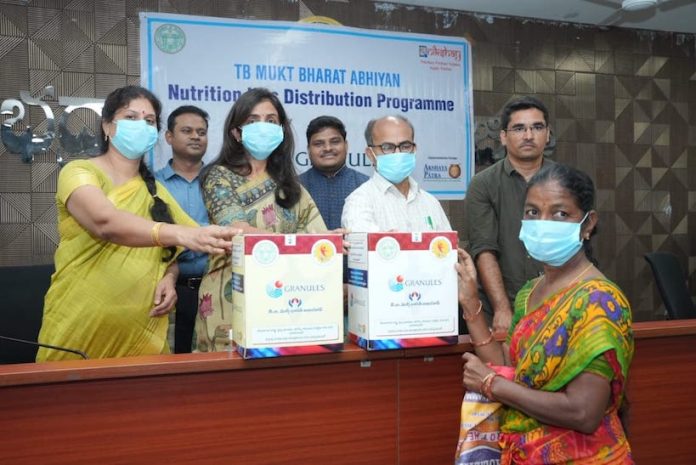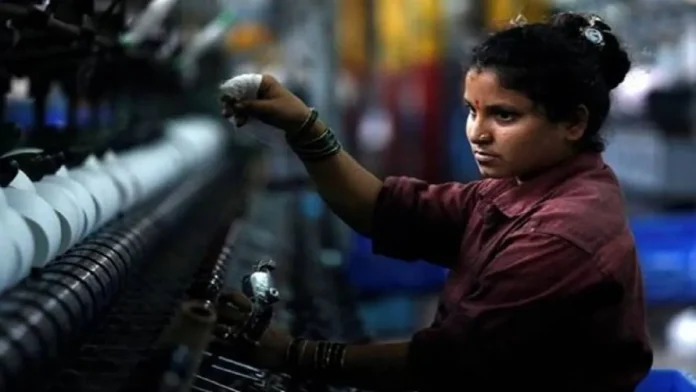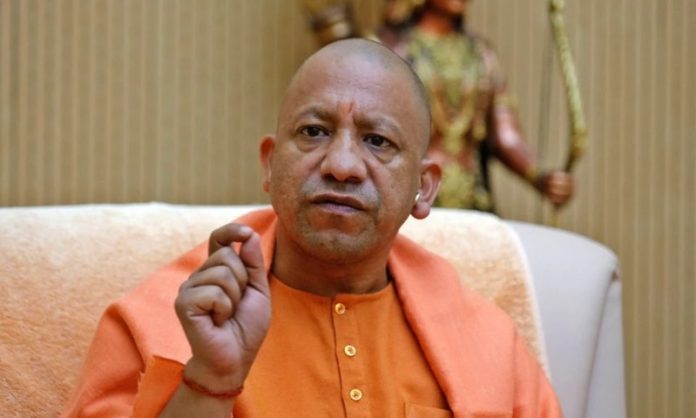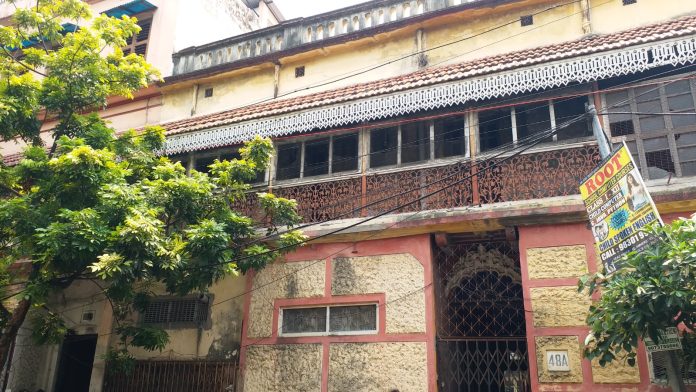India busts Pakistan’s fake claims saying S-400 ‘Sudarshan Chakra’ destroyed, orders more from Russia
Just as it has been the case in the past few days, once again Pakistan’s propaganda lies have been exposed through photographs of Prime Minister Narendra Modi posing near S-400 circulating on social media. Pakistan has been circulating fake news that their military has successfully destroyed India’s Russian made S-400 Triumf Air Defence System. Pakistan also claimed it had killed 60 Indian soldiers in its assault.
Meanwhile India has requested additional S-400 missiles from Russia, according to a report by news agency Sputnik India on Tuesday.
PM Modi poses with S-400 ‘Sudarshan Chakra’ in background
Exposing Pakistan’s propaganda, photographs featuring Prime Minister Narendra Modi from his visit to the Adampur air base on Tuesday show the PM posing with soldiers with the S-400 in the background! PM Modi paid a surprise visit to the Adampur air base in an IAF C-130J Super Hercules aircraft. Images of fully operational MiG-29s, the S-400 air defence system, and the PM saluting air warriors send a clear message: Pakistan’s each and every claim has been proven fake.
Even India’s defence forces, during an official briefing amid the conflict earlier this week, categorically rejected Pakistan’s “false narratives” and asserted that all Indian defence infrastructures were fully operational and capable of effectively combating any escalation.
Pakistan Air Force (PAF) had recently claimed that its hypersonic missiles destroyed the S-400 system in Adampur. The PAF also circulated fake videos supporting their claim. On Tuesday afternoon during his visit to Adampur airbase, PM Modi interacted with the Indian Air Force warriors, who played a crucial role in India’s Operation Sindoor— a series of targeted strikes at terror camps in Pakistan and Pakistan Occupied Kashmir (PoK) early on May 7 and combating Pakistan’s drones and missile attacks in the following days.
The airbase, which was one of the active airbases during Operation Sindoor, was the key military location that the Pakistani military attempted to attack last week on Wednesday after India launched Operation Sindoor, as revealed by the Defence Ministry.
Sharing some more glimpses from my visit to AFS Adampur. pic.twitter.com/G9NmoAZvTR
— Narendra Modi (@narendramodi) May 13, 2025
India requests additional S-400 missiles from Russia
Not a single projectile fired by Pakistan could land on target as the S-400 defence system along with the Akash defence system effectively repulsed each attack. The S-400 Triumf Air Defence System or India’s modern day ‘Sudarshan Chakra’ emerged as the nation’s strongest aerial shield during the recent military tension with Pakistan.
Meanwhile India has requested additional S-400 missiles from Russia, according to a report by news agency Sputnik India on Tuesday. After the successful use of the S-400 Air Defence Missile System during Operation Sindoor, India has formally approached Russia with a request for additional units of the platform, as per media reports quoting defence sources.
India has moved to expand its air defence capabilities by seeking further deliveries from Moscow. Media reports also indicated that Russia may approve the request very soon as per reports by Sputnik India.
What is S-400? What was its role during tension with Pakistan?
Dubbed the ‘Sudarshan Chakra’, S-400 has been protecting the nation from Pakistan’s missiles and drones. The Russian-made S-400 systems, already operational with the Indian military, played a critical role in intercepting and neutralising missiles and drones launched by Pakistan during the recent conflict. The systems demonstrated high accuracy and effectiveness in countering aerial threats from across the western border.


